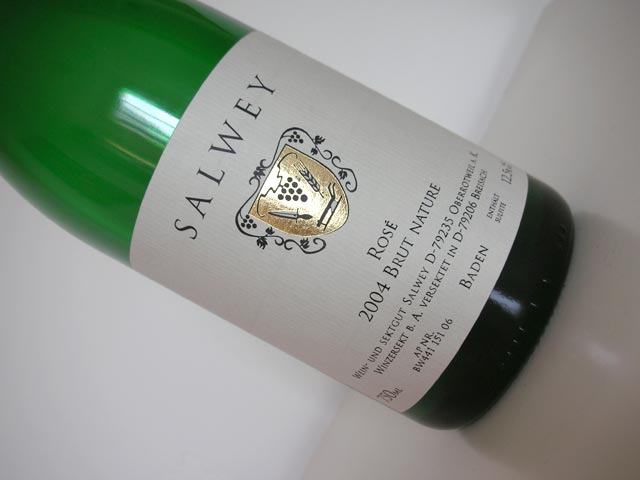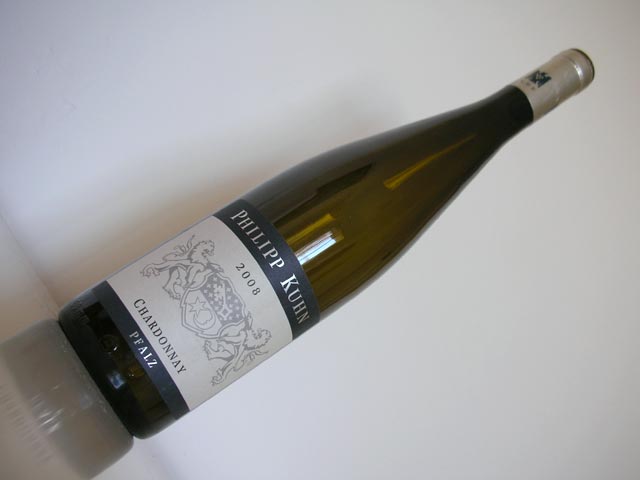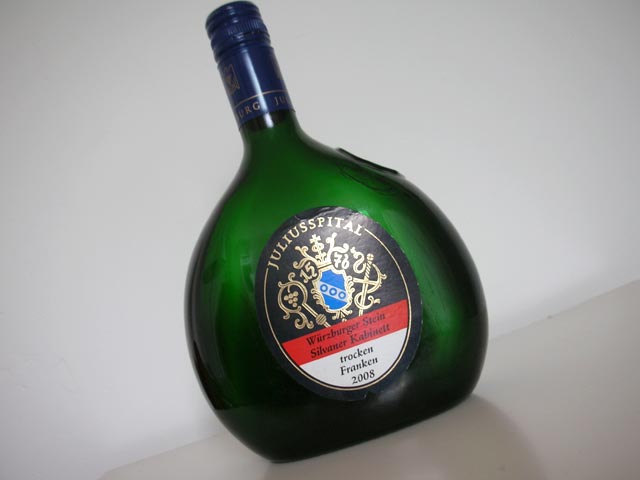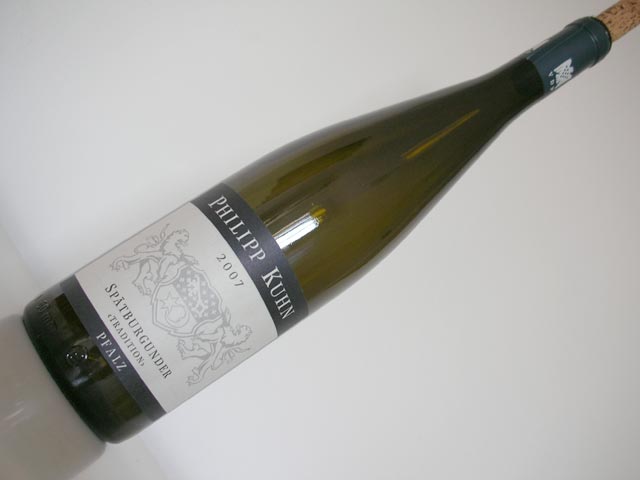Sucker Punch of the Sauvignons (Blind tasting madness part 5)
Wine Rambler full committee meeting. Two Sauvignon Blancs nice and cool, ready for the first sip. The tasting would nominally be blind, but it should be a walk in the park to tell them apart. One from New Zealand, Astrolabe's 2008 "Discovery": more explosively, exotically fruity, surely. One from Germany, the 2008 Meersburger Sängerhalde Sauvignon Blanc from Aufricht, the Lake Constance's ambitious star horse: more subdued, but with more depth and minerality, maybe? We knew what we were doing, we had done it before. It would be a pleasant evening with a laid-back broadening of wine horizons.

Glasses rinsed, monkfish and shrimp already in the frying pan, wine ramblers contented and full of calm anticipation. What could possibly go wrong?
















